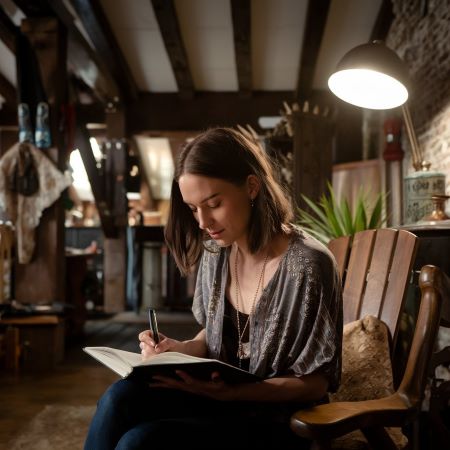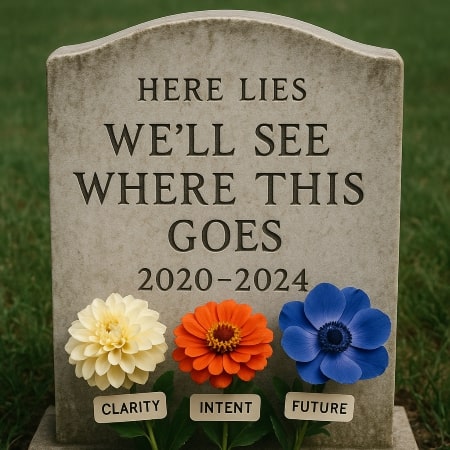
THE LOVE BLUEPRINT: UNDERSTANDING YOUR ATTACHMENT STYLE TO FIND LASTING CONNECTION
Have you ever felt completely baffled by dating? Like you keep repeating the same patterns, attracting similar partners, and ending up with the same heartbreak? You’re not alone. The world of romance can feel like a confusing maze, but there’s a secret decoder ring: your attachment style. Think of it as your personal love blueprint, a map revealing the hidden pathways to lasting connection.
Attachment theory, developed by psychologist John Bowlby, suggests that our early childhood experiences, particularly our relationships with primary caregivers, shape the way we relate to others in romantic relationships.
These patterns, known as attachment styles, influence how we give and receive love, handle conflict, and navigate intimacy. Understanding your own attachment style – and that of your potential partners – can be transformative, offering valuable insights into why you attract certain types and how to build healthier, more fulfilling relationships.
Let’s explore the four main attachment styles, talk about which one might describe you, and more.
Secure Attachment: The Rock of Gibraltar
Securely attached individuals are the relationship gold standard. They’re comfortable with intimacy and independence, demonstrating a healthy balance of closeness and autonomy. They communicate their needs effectively, manage conflict constructively, and offer consistent emotional support to their partners.
In the dating world, they exude confidence and warmth, making them naturally attractive. They’re not afraid of vulnerability and are able to form deep, meaningful connections.
Showoffs, amirite? 😉
Anxious-Preoccupied Attachment: The Love Detective
If you find yourself constantly seeking reassurance, analyzing your partner’s every text, and fearing abandonment, you might identify with the anxious-preoccupied style.
Driven by a deep desire for connection, you may become hyper-focused on your partner, often to the detriment of your own needs. While your capacity for empathy and emotional depth is a strength, learning to self-soothe and manage anxiety is key to building a secure relationship. Remember, love isn’t a game to be deciphered; it flourishes in an atmosphere of trust and open communication.
Easier said than done sometimes, but a worthwhile aspiration.
Dismissive-Avoidant Attachment: The Lone Wolf
Independence is your mantra. You value self-sufficiency and may find intimacy overwhelming. While you might be drawn to the initial excitement of a new romance, you tend to pull away when things get serious. Emotional vulnerability feels risky, and you might prioritize your own needs above those of your partner.
Learning to recognize and express your emotions, even the uncomfortable ones, can pave the way for deeper, more rewarding connections. Love requires letting someone in, even if it feels a little scary. You got this!
Fearful-Avoidant Attachment: The Walking Contradiction
This style is marked by a push-pull dynamic. You crave connection but simultaneously fear it. Past hurts and rejections have left you wary of intimacy, creating an internal conflict between your longing for love and your fear of getting hurt. This can manifest as unpredictable behavior, sending mixed signals, and difficulty trusting your partner.
Healing past wounds and developing self-compassion are essential steps towards building a secure and loving relationship.
So … which one are you?
How can you determine your own attachment style? Reflect on past relationships. Do you tend to cling to your partners or push them away? Are you comfortable expressing your needs? How do you react to conflict? Consider these questions and explore resources like online quizzes and relationship books to gain further insight.
Understanding your attachment style isn’t about labeling yourself; it’s about gaining self-awareness. And the beauty is, attachment styles aren’t fixed. With conscious effort and the right tools, you can absolutely evolve towards greater security.
Can you date someone with a different attachment style?
In short, of course! Though it can present unique challenges. For example, an anxious-preoccupied person might find a dismissive-avoidant partner’s emotional distance triggering. Conversely, the avoidant partner might feel overwhelmed by the anxious partner’s need for constant reassurance. The key is open communication and mutual understanding. Learning to appreciate each other’s strengths and navigate differences with empathy is crucial for a successful relationship.
The journey towards secure attachment begins with self-awareness. Practice mindful communication, expressing your needs clearly and respectfully. Set healthy boundaries and prioritize self-care. Consider seeking support from a therapist who specializes in relationship dynamics. They can provide personalized guidance and help you develop the skills necessary to build fulfilling, lasting connections.
Ultimately, understanding your attachment style empowers you to take control of your love life. It’s about recognizing your patterns, challenging limiting beliefs, and making conscious choices that lead to healthier relationships. You deserve a love that feels safe, secure, and deeply fulfilling. With the right tools and a little self-discovery, you can create the loving partnership you’ve always dreamed of.



